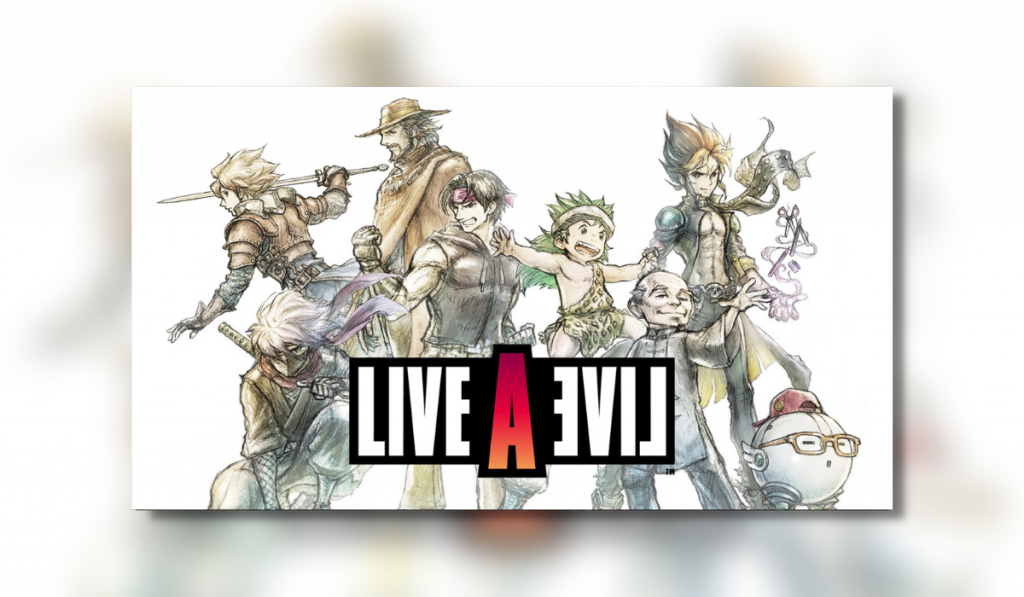
Live A Live comes to the Nintendo Switch a thing of intrigue—a game that has waited 28 years for a western release, and one that has websites and reviewers singling out this remaster as a standard-bearer in games preservation done well. The hype is strong and expectations are high, particularly for a game that due to its age could potentially not hold up to modern sensibilities.
From a distance, the game’s background appears mysterious. Searches for reasons why this 1994 SNES release never travelled outside of Japan give conflicting reports. Maybe low sales are the culprit—Square Enix shifted only 270,000 copies originally. Square’s other games that year did much better in comparison, at least in Japan.
It’s possible that Live A Live’s unique structure—seven narratives, each designed by a separate artist—burdened the game with rights issues that made a western release tricky. At a guess, it was, at least in part, a combination of all of these factors.
Live A Live is a curio all right. And when you actually play it, it quickly becomes more so. The game shatters all expectations. Its idiosyncrasies, which I’ll get into while avoiding all spoilers, surprised me just as much as the boldness of its vision and its ambition impressed and delighted me.
Live A Live, developed by Square Enix—published in the west by Nintendo themselves—is out now on Nintendo Switch.
IT’S ALIVE!
Gameplay
The trailer for the game presents a JRPG with turn-based battles, but Live A Live is much more than this. The trailer hints at the importance of storytelling in the game, but nothing prepared me for exactly how impressively and creatively Live A Live commits to the telling of its seven storylines and how it executes each one with skill, style, and dramatic aplomb. Respect for the cohesiveness of the game’s design must surely lie at the feet of Takeshi Tokita, the game’s director—future lead designer on Final Fantasy 4 and Chrono Trigger.
Quality appears in every inch of the game: in the visuals (more later); in the music, via Yoko Shimomura, eventual composer for Kingdom Hearts and Final Fantasy 15 (more later on her too); in the storytelling beats, where, even though we’re dealing with small pixelated characters, each moment is committed to with the level of ambition seen in TV shows and films, an example of which is the complicated mise en scene throughout; in the high level of originality in the storylines; in the unexpected twists and turns.
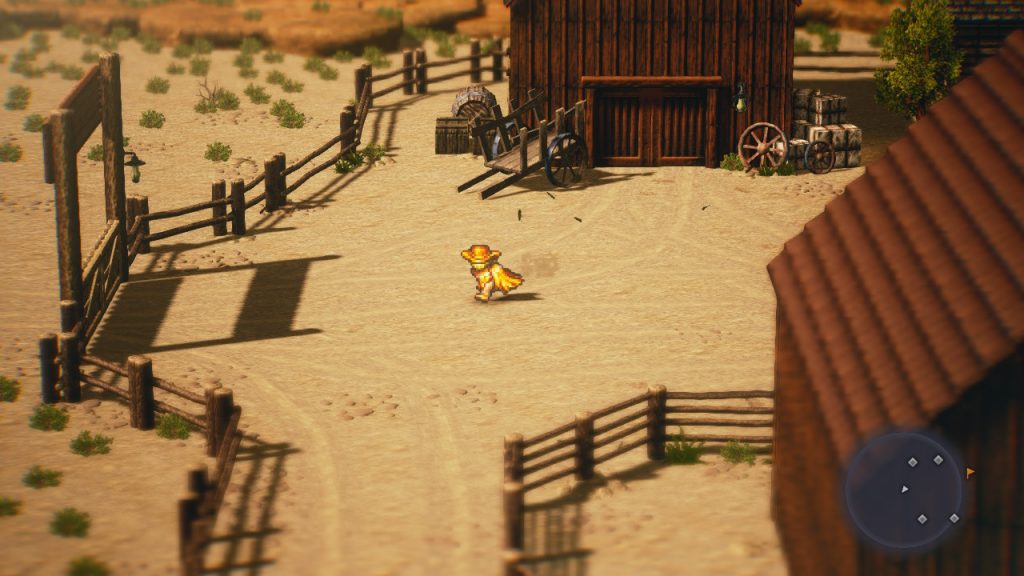
So much of that list above is focused on storytelling, and rightly so because storytelling is Live A Live’s greatest strength. But there is also great variety in its gameplay. The battle system, at times simple, at other times challenging, feels almost like a side dish to all the imagination on display. In one storyline it even seems perfunctory—and for this reason, I don’t recommend starting with the ‘Near Future’ storyline, which is fun and full of impressive moments, but story-heavy. Each storyline plays differently. Other gameplay features beyond the battle system sneak in narrative choices, time limits, strategy, and exploration. One storyline is stealth-based. Another features time limits and more challenging battles. And so on. After a while, all these different elements add up to an often surprising and always positive experience. You become intrigued at how the game will join these disparate storylines together. It’s a ride. And most importantly—it’s fun.
These multiple storylines all feature a hero fighting some kind of injustice, and I lost myself within them in a way that I haven’t often experienced since I was a kid.
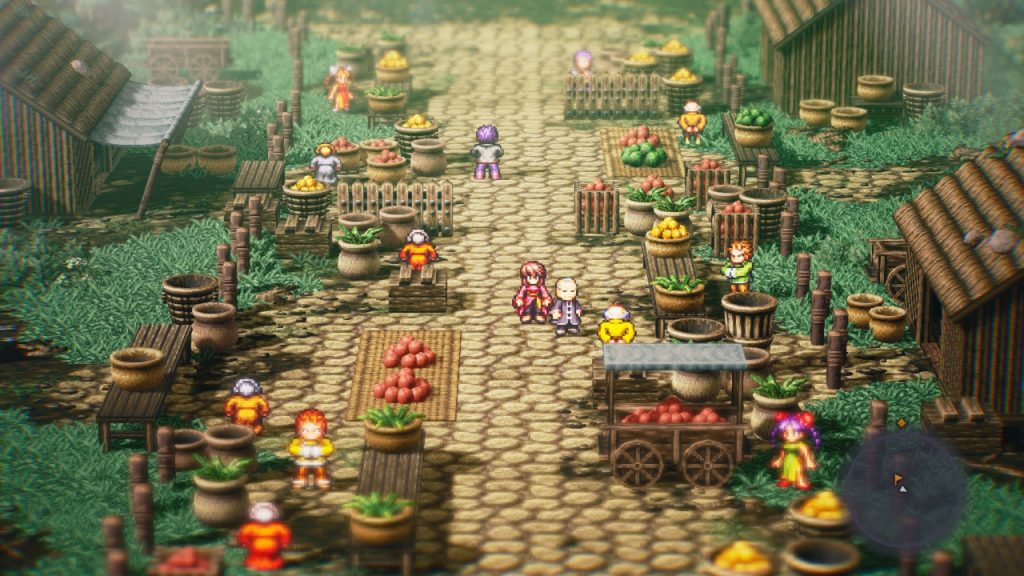
Graphics & Audio
The tone of this review is clear, and the game is great. In fact, I’m going to call it a masterpiece. However, I’m not sure I would have been able to say that about it’s 1994 original (although I’m sure it was good too). Live A Live features the same ‘HD-2D’ visuals as it’s much younger cousins Octopath Traveller and Triangle Strategy. This style elevates the content perfectly, justifying my high praise. Upgraded 2D character sprites burst with life within HD and 3D representations of the game environment.
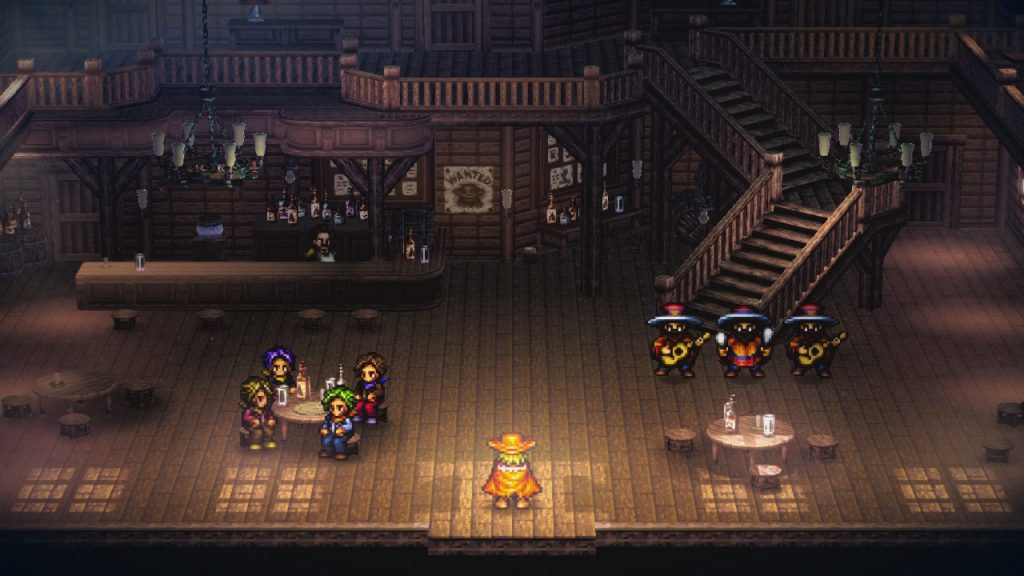
There’s a huge amount of character wrought out of often simple animation. There’s atmosphere to these enhanced environments: leaves drift in the air; patches of sunlight catch the edge of a mariachi’s guitar; palaces glow in the moonlight; mountains fade into the distance as wind cuts across a mountaintop.
Then there is the cinematics. Each storyline is introduced at the bare minimum with a series of mood-establishing shots. One also features a theme tune.
The impression is that this 2D-HD remake has enhanced everything that was already great and has given Live A Live the opportunity to elbow space for itself in 2022 as a legitimately great game. This is seen in the music too. The score, by the aforementioned Yoko Shimomura, was clearly full of creativity back in 1994, and she has returned for this remake to give her score all the power and impact it deserves. The music is wonderful. Add to that the impressive voice acting and we truly do have a standard-bearer for remastering an older game.
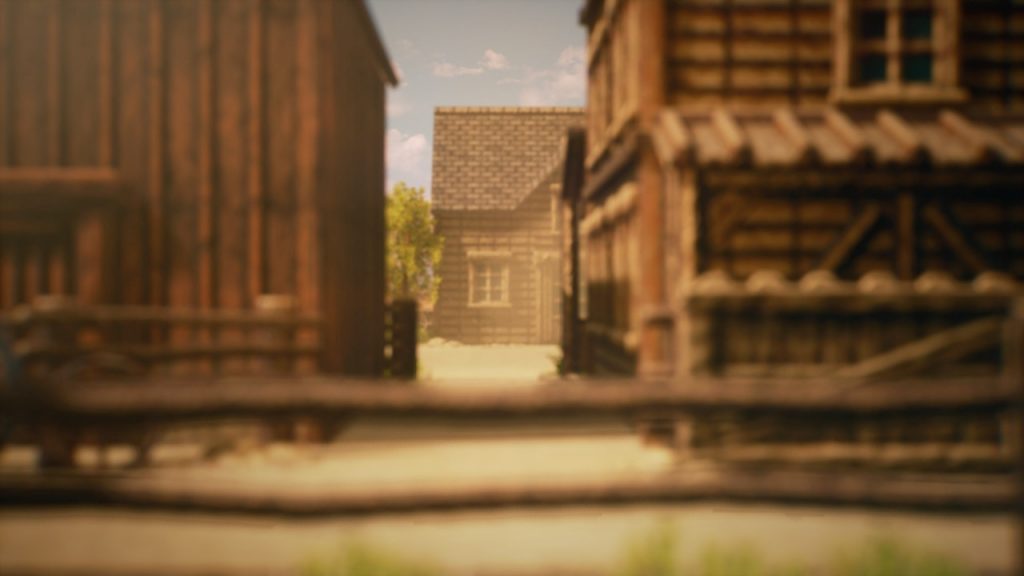
To return to a previous point, there is something about the 2D-HD style that respects the past in a special way. The game builds on the past. It isn’t ashamed of its pixels. Square Enix has found a way to bring fresh life to an old game with the care that feels almost magical. It’s as if they dipped the code in some golden fountain of youth and pulled out a product not even they could have expected.
Longevity
Each storyline lasts about 2-3 hours. They add up to a satisfying fresh-feeling whole, and overall the game will take about 20 hours to reach its climax. A sweet spot in my view.
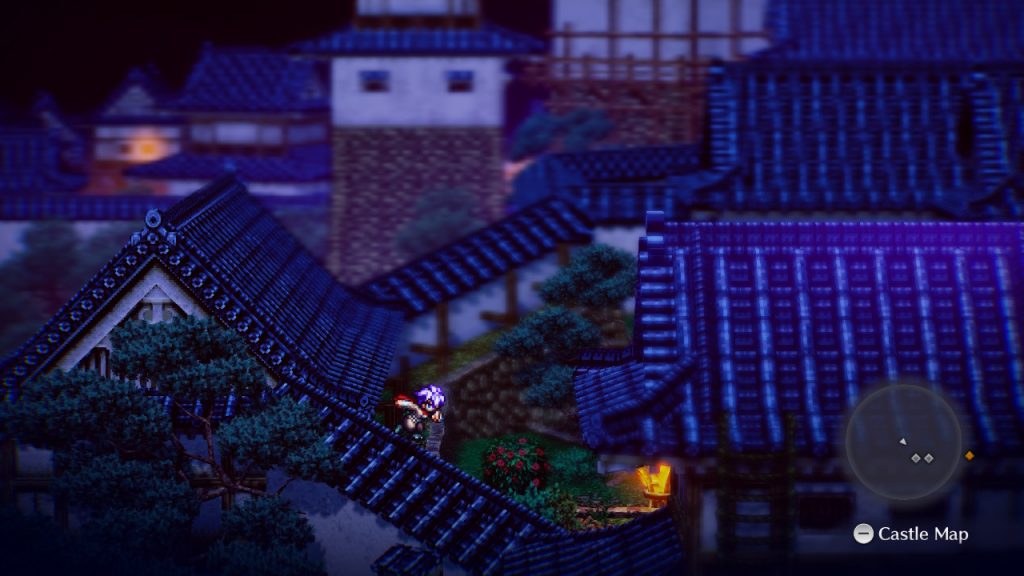
Final Thoughts
The attention to detail in this game is a brilliant display of confidence. Every little bit of it triangulates and octagulates (100% accidental reference to the other Square Enix games mentioned above) and enchants the mind. Every bit of the experience is worth it. The question is often asked, ‘Are games art?’ Well, of course, they are—and 32 years ago this great example was released. Now, love and passion—by all those in Square Enix responsible—have given us a remake to be savoured.
Live A Live gets the Thumb Culture Platinum Award.

Disclaimer: A code was received in order to write this review.

YouTube | Facebook | Twitter | Instagram | Discord | Podcast
[allkeyshop_widget_offers game=”106573″ template=”26″]

“Square’s other games that year, Breath of Fire and various Final Fantasy games, did much better in comparison, at least in Japan.”
Breath of Fire is not a Square game. Capcom developed and published it in Japan, and they had the USA Squaresoft branch localize/publish it in the West.
Thanks Iguana Bob. The review has been edited to avoid the error! Have you played Breath of Fire?